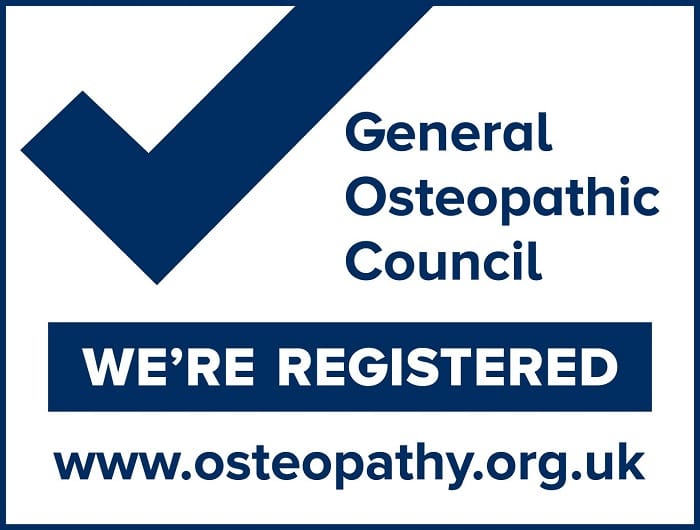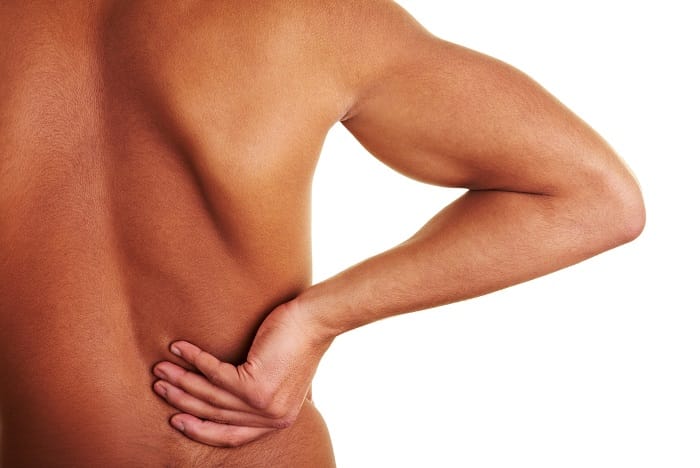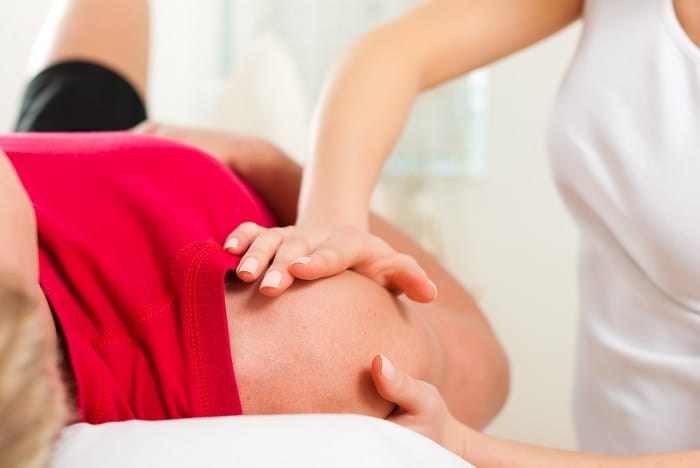Postural Pain & Dysfunction
It is easy when working or resting to adopt a postural position that is either most comfortable, or makes a particular task easier. An obvious example is relaxing into a slumped or hunched position in front of a computer screen, working away for hours at a time with little postural variation. This can result in some muscle groups switching off and becoming weak or other muscles being unusually loaded or stretched causing sprains. The problem can be compounded as the body further alters its posture to compensate for any developing weaknesses. As a result, the pain or ache felt in one body location may be caused by a dysfunction in connected structures that have no symptoms. This is why seeing an experienced therapist will not only relieve symptoms, but get to the cause of the problem, so the pain does not reoccur.
Poor posture over long periods can cause much more than pain or discomfort. Conditions that may develop due to persistent poor posture include;
- Muscle strain from overstretch or overloading.
- Ligament overstretch, leading to risk of sprains.
- Excessive or uneven joint wearing, causing abrasion and inflammation.
- Increased or unusual loading of intervertebral discs, raising risk of slipping or prolapse.
- Impingent of blood vessels causing poor circulation.
- Headaches, from increased muscle tension in the neck or from impinged nerves or vessels.
- Dizziness, resulting from impeded circulation to the head.
- Joint pain from lax muscles and ligaments not adequately supporting and stabilising.
- Visual deformations, including hunched backs and rounded shoulders.
Whatever symptoms you may have, our experienced Osteopaths and Physiotherapists will conduct a thorough assessment. This will comprise of a subjective assessment of your work and lifestyle to establish factors that may be affecting your posture. Along with a physical assessment that will identify the source of your pain and any postural or biomechanical abnormalities that contribute to it. It is common to initially approach a therapist for treatment of a specific injury and then discover poor posture was a contributing factor.
- Heat treatments, including ice, to provide immediate pain relief and increase tissue extensibility prior to stretching.
- Soft tissue massage, to relieve pain and muscle tension.
- Stretching exercises to regain joint flexibility.
- Strengthening exercises to improve postural stamina and joint stability.
- Advice about activity modification to maintain better posture.
- Ergonomic assessments of your workspace to reduce postural and repetitive injury risks.
Have any questions, make an enquiry Enquire Now
I didn't actually choose to see Nick - I was sent to him by my exasperated personal trainer, and now I can't thank her enough! Five weeks before the London Marathon I developed a pain in one of my glutes and did what any self-respecting idiot would do - ran on it until it was so bad it hurt just to walk, and the months of training seemed like they'd been for nothing.
Nick is wonderful. He's very professional and thorough and he has a naturally calming manner that will put you at ease. He also clearly knows his stuff - in our first session he quickly identified my problem (piriformis) explained it in terms I could understand (!) and gave me exercises to speed up recovery.
I had three more sessions and they were well worth it. As well as treating the injury he also assessed my running style for any underlying issues and correctly identified previous injury sites. With his help I was able to quickly get back into training and, by some miracle, a week before the marathon I was pain free.
I joked that, as well as fixing my injury, I expected Nick to make me run faster. Well, maybe... Just maybe... The man's a magician! I'm delighted to say I ran a pb, clocked my first sub-3 hour marathon and came 46th out of all the ladies. Thank you Nick! I cannot recommend him enough.
- Ros P
A big thank you to Elaine (osteopath) at Nick Castle Osteopathy & Sports Medicine Clinics - after just 2 sessions she managed to work out some major aches and pains I'd been having daily, for over 6 months. I plan on seeing her on a regular basis to prevent any future problems. Thanks again!
- Priti S
I have had 2 sports massages with Nick, one in Kensington and one in Amersham. Nick is a very approachable therapist, who spends time building a picture of the type of sports you do and the injuries you have. I have found Nick's techniques to really help improve my performance.
- Jane B








